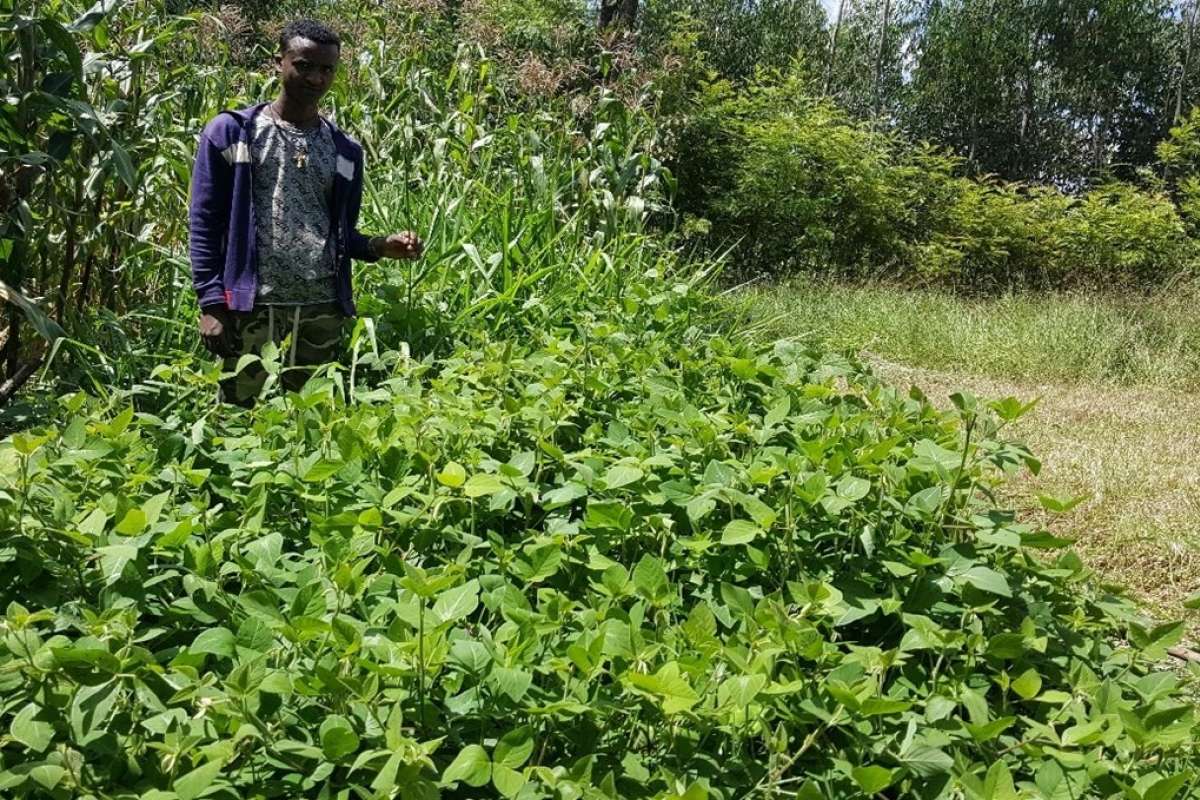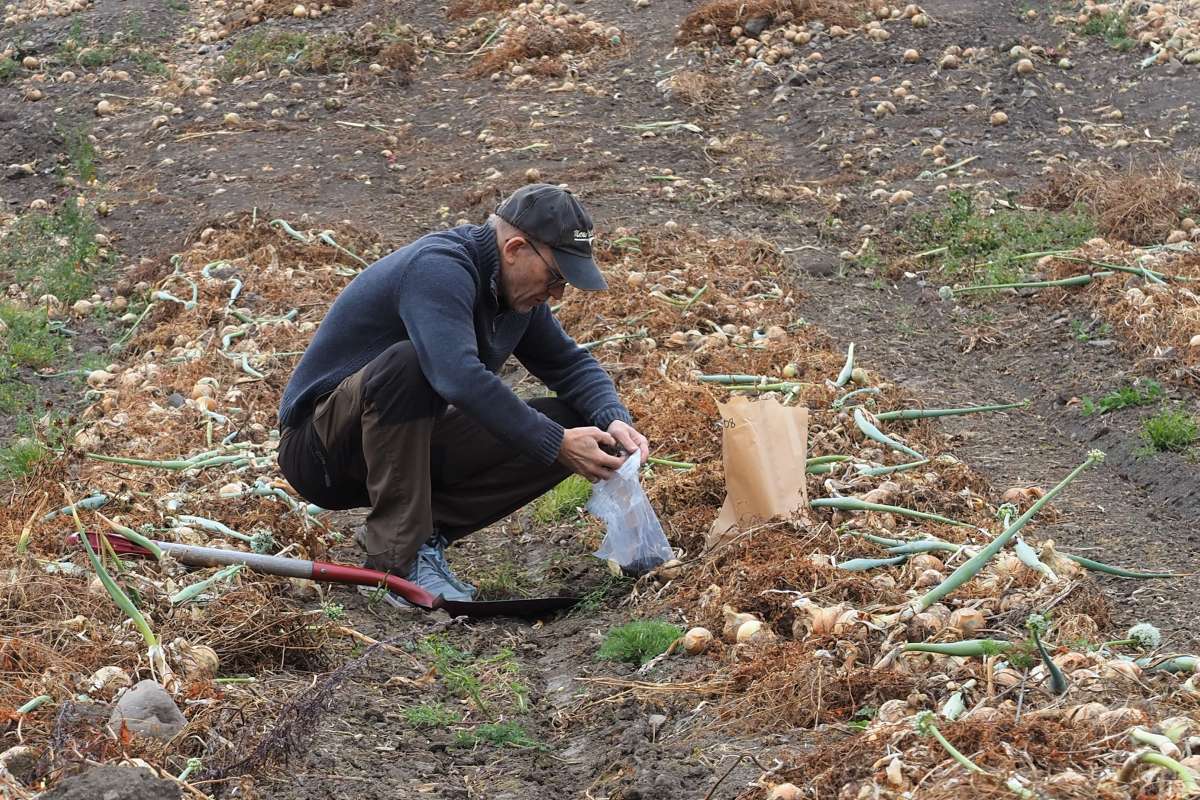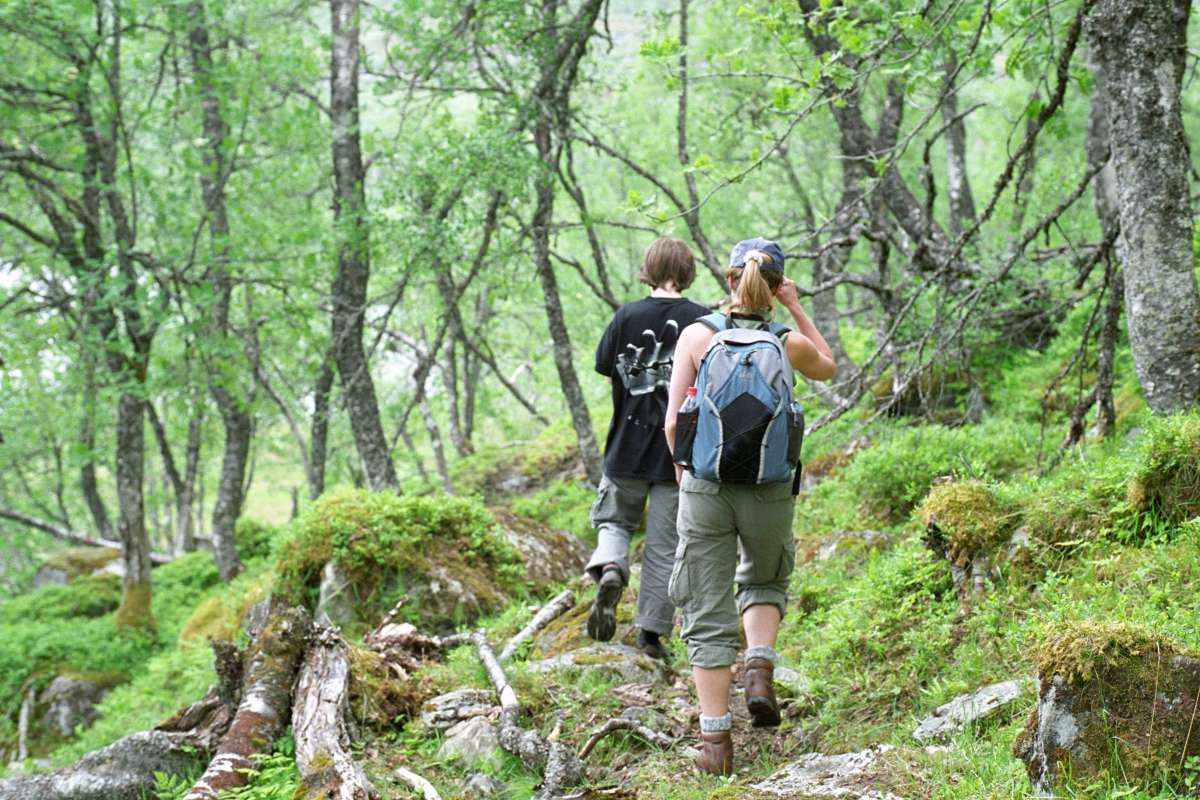Ten facts about soil and farmland preservation in Norway
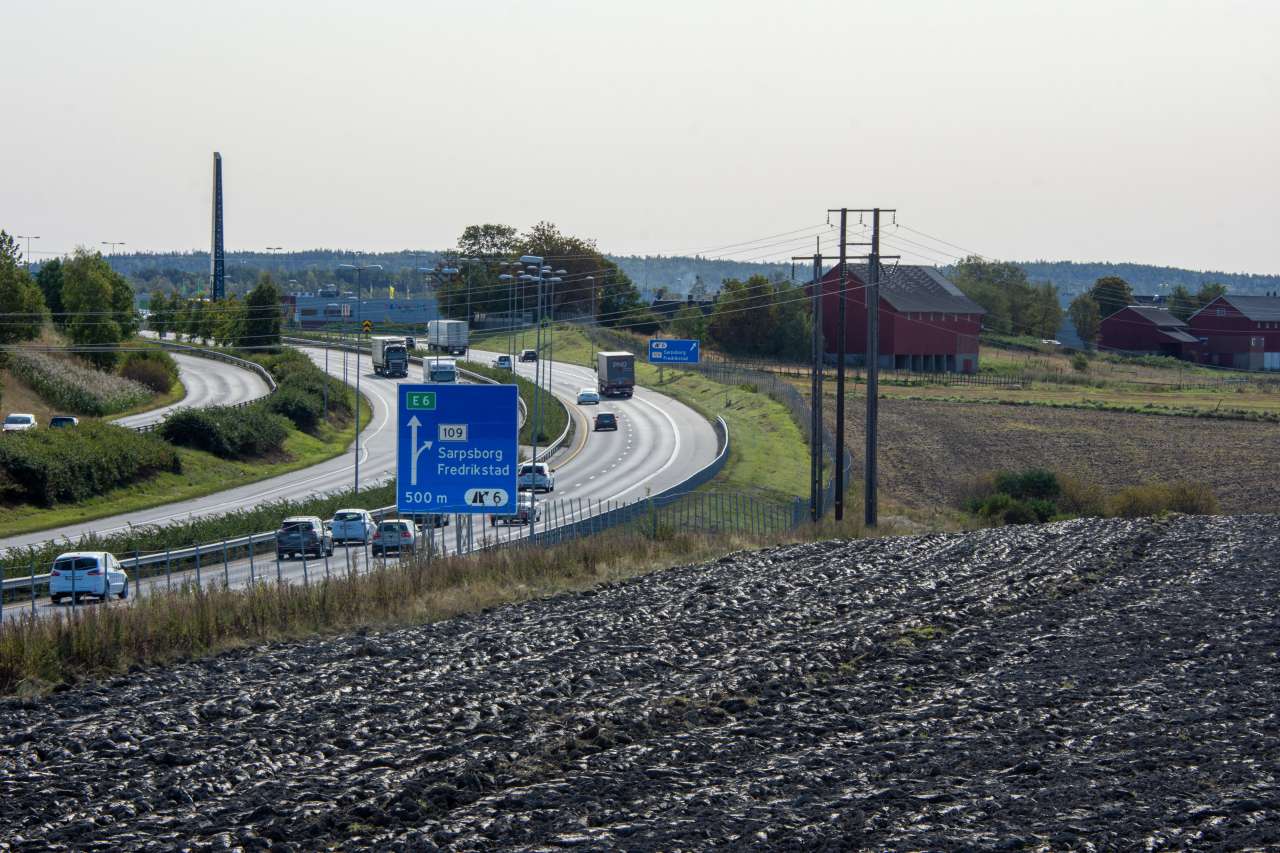
Road junctions and exits on agricultural land increase development pressure because the surrounding areas become very attractive as business land for trade. There are many examples of the gradual loss of farmland around new road junctions on busy stretches. Photo: Morten Günther
Without sufficient soil, our ability to grow food is threatened. Since World War II, approximately 120 000 hectares of cultivated and cultivable land have been turned into housing, roads, and commercial areas in Norway.
Sustainable social development and access to good land with fertile soil are closely intertwined.
Soil conservation is essential for ensuring that the world’s population can grow their own food, now and in the future. But soil protection is also vital for reducing climate change’s destructive impact, maintaining a balanced climate cycle, and providing healthy ecosystems where plants, trees, and animals can thrive.
Moreover, soil scientists estimate that a quarter of all the world's species live in soil. In the future, the soil's gene bank may become an important source for medicines and genetic resources.
.jpg)
Conflict of interests
However, soil conservation is constantly competing with the need for housing and industrial development, new railway routes and roads. At times, the conflict level is very high, and the pressure on land resources is greater today than ever.
It will not be possible to achieve the UN's sustainability goals without stopping both the deterioration and loss of soil for food production.
Compared to many other countries, Norway has limited areas of arable land. Still, since World War II, approximately 120 000 hectares (ha) of cultivated and cultivable land have been turned into housing, roads, and commercial areas. Soil sealing continues, but recent efforts have slowed down the trend somewhat.
Both in Norway and globally, a lot of land conversion happens with a piece of land sealed here and another one there; a field of 0,5 to 1 hectare may seem insignificant in the grand scheme of things. Over time, it is no longer about just a few, but about many hundreds of thousands of hectares.
We have gathered some facts and information about soil and land conservation in Norway to provide an overview of the current state and challenges going forward.
1. Arable land is scarce
Arable land is a very scarce resource in Norway. According to regjeringen.no, around three percent of Norway's land area is currently being cultivated - including croplands and cultivated pastures - or about 1 million ha. Of this, only 30 percent is suitable for growing food grains. No EU country has a lower proportion.
Many areas that were once part of a large, continuous agricultural area are under threat of development. Development has led to areas being squeezed in and less accessible. For such confined areas, it is easier to argue for downsizing in the next round. Road junctions and exits on agricultural land increase development pressure because the surrounding areas become very attractive as business land for trade. There are many examples of the gradual loss of farmland around new road junctions on busy stretches.
2. Most development happens near urban areas where the most fertile soil is located
Trondheim, Stavanger, Oslo, Bergen, Sandnes, Fredrikstad, Sarpsborg and Drammen are some of the larger urban areas in Norway. 32% of the land close to such urban centres are agricultural land - most of it is fully cultivated land, and often of high quality. 23,2% of the total agricultural land is in or less than one km from a city or larger urban area. These pressured areas often provoke conflicts between different interests; should the agricultural areas be used for food production or for housing, business development and transport?
In the period 2004-2015, 12% of the agricultural land areas in the cities were lost. No agricultural areas in Norway are as exposed to soil sealing as the enclosed areas in the urban areas. In recent years, the rate has however gradually decreased. An increased focus on soil conservation is bearing fruit, but a reallocation of 400 ha of agricultural land is still permitted each year. This adds up to 10 000 ha in 25 years. Approximately 1/4 of the degraded agricultural area is used for transport. Half is used for residential construction and commercial areas.
It is a national target that by 2025 the annual reallocation of cultivated land should not exceed 300 ha. This goal was set when the parliament updated the Soil Conservation Strategy in 2021. A further tightening to 200 ha annually has been raised as a long-term target. Meanwhile, it remains to be seen how much of the agricultural land inside Norwegian cities will still be producing food in 25 years from now.
3. Large increase in leased land
In 1907, there were over 256 000 active farms with more than 0,5 ha of agricultural land. In 2018, the figure was 39 700. In other words, there are fewer farmers and larger operating units. One result of this is that the proportion of rented land has increased dramatically. Today, approximately half of the agricultural land in Norway is leased land. Many fear that this will lead to leased land being less well maintained, but as of today there is not enough knowledge to be able to draw any conclusions.
4. Grain production under pressure
Grains are the cornerstone of the world's diet. It also accounts for a large part of the calorie intake in Norway. Only a third of the Norwegian agricultural land can be used for food grain production. And it is these grain production areas that are most exposed to decline.
The grain area in Norway has been reduced by 75 000 ha since 1991, due to the transition to grass production, overgrowth, and construction. In addition, the yield increase per hectare has stagnated. 20% of the grain in Norway is produced on small farms.
Norway has a target of an increase of 20% in grain production. But such a growth requires both more land and higher yields. It is worth noting that only 14% of the world's grain is exported, and the grain producing countries prioritize their own populations in case of scarcity, as seen in recent times. Extensive land conversion in grain areas will therefore have implication for food security in the future.
5. Regrowth of agricultural land, a little-discussed challenge for Norwegian food security
Another major challenge for agricultural land in Norway is overgrowth. Although overgrown agricultural land can be reclaimed, this is both time- and cost-consuming. Cultivation of new land, from forest (mineral soil) back to fully cultivated soil, costs from NOK 80 000 – 200 000 per ha. In addition, there are costs for trenching where necessary. Processing inland pasture is significantly cheaper, but it can take many years before the good pasture grass species are re-established on an area that is covered with forest.
Overgrowth is a reversible process, but it is resource-intensive to bring the soil back into operation. Should a crisis arise, one cannot rely on massive cultivation of new land to make up for lost agricultural land. Moreover, the yield potential will usually be lower during a transition period.
6. Potato and vegetables – important for self-sufficiency
There are large areas in Norway that can be used for growing potatoes. However, the potato area in Norway has decreased from around 90 000 ha during the World War II to 11 685 ha in 2019. In addition to suitable soil and climate, knowledge is important in potato cultivation. The specialization that took place in recent decades means that it is not immediately possible to start new productions in areas where they are not currently grown. Today, potato cultivation is mainly concentrated in a limited number of municipalities in Norway.
Areas with vegetables grown outdoors were just over 8 350 ha in 2019. The areas suitable for such production are very important nationally, both in terms of increased investment in the cultivation of vegetables, fruit, and berries and in terms of self-sufficiency and food security.
7. Cultivating new areas or moving topsoil is necessary for growth
To maintain the degree of food self-sufficiency in Norway, food production per capita must remain stable. The country expects a continued population increase of approximately 600 000 people by 2050. To maintain food production per capita, the agricultural area must be increased. At the same time, agricultural land that is lost, either due to reallocation or due to overgrowth, must be replaced. This can be done either by cultivating new areas or by moving the soil. Both options are expensive, but moving soil is far more expensive than cultivation of new agricultural land.
New cultivation will rarely be able to fully replace a reallocated area. A degraded agricultural area can never be cultivated again. When we cultivate some of the cultivable land, we only shift the balance between cultivable land and arable land. The total area of cultivable and arable land is smaller after the reallocation than before. It is like transferring money from a savings account to an account for everyday use.
8. Moving soil – a solution?
The idea of moving topsoil from development sites and establishing new agricultural fields where the soil is shallow or previously forested or unproductive has been gaining traction in Norway. When it comes to moving soil, there are many considerations that need to be accounted for. Is the land suitable for relocation? Is there a satisfactory area to move the soil to? In addition, it is necessary to uncover whether foreign species, pests or other things prevent the movement of the soil masses. It is also very important to follow up with contractors so that the move is done correctly. There is a great risk of drastically reducing the soil's yield potential if the soil is not moved correctly. In Norway, there has in recent years been a few cases of moving topsoil from agricultural land with promising results.
Despite some good examples, there is still strong scepticism within the agricultural community as to the benefits of moving soil. There is a concern that this option could be used as an argument for greater exploitation of agricultural areas by developers.
9. Agricultural land linked to endangered species
In Norway, 565 of the country’s endangered species are linked to cultivated land. The agricultural landscapes provide habitat for many of the 17 000 insect species registered in Norway. When land is developed, important habitats such as forest edges, streams and arable islets often disappear. Many fields have old, free-standing trees that create a unique living environment for insects and animals. So do grazing animals. Loss of this land can cut off animal migration routes and divide well-functioning ecosystems.
10. National soil conservation award to boost care of cultivated land
Eight counties in Norway now have their own soil conservation association. At least four of these have been founded after 2012. In 2015, the soil conservation associations awarded Norway's first soil conservation award to Ski municipality (now Nordre Follo municipality). The municipality has zero vision for the reduction of cultivated land despite great development pressure. In 2017, the National Soil Conservation Award was launched to further good ideas and examples of measures, plans and strategies that make it possible to take care of cultivated land in spatial planning.
Contacts

Hege Ulfeng
Senior Communications Adviser
-
Department of Communications
(+47) 474 04 720 hege.ulfeng@nibio.no Office Location: Ullensvang
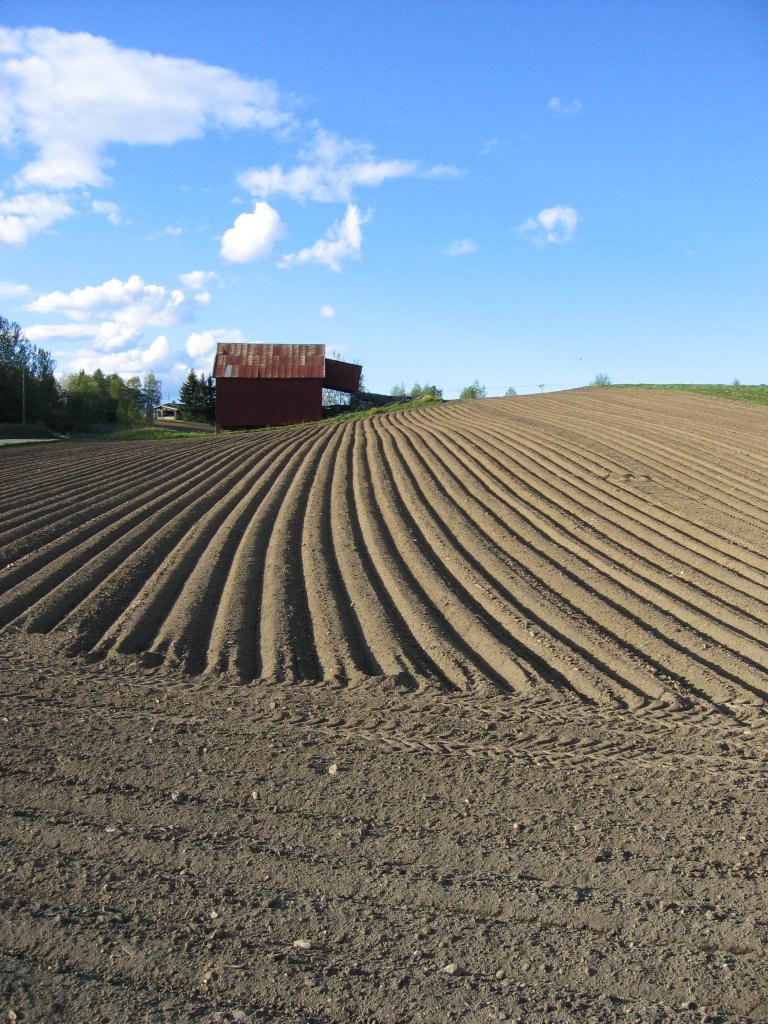
.jpg)
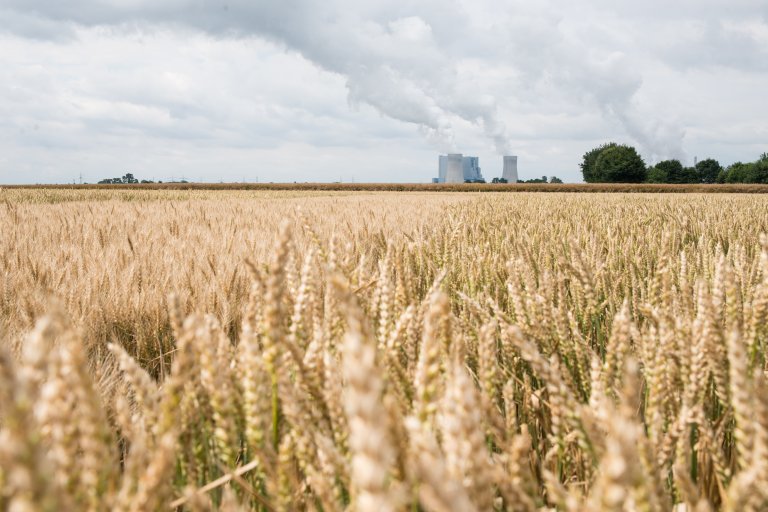
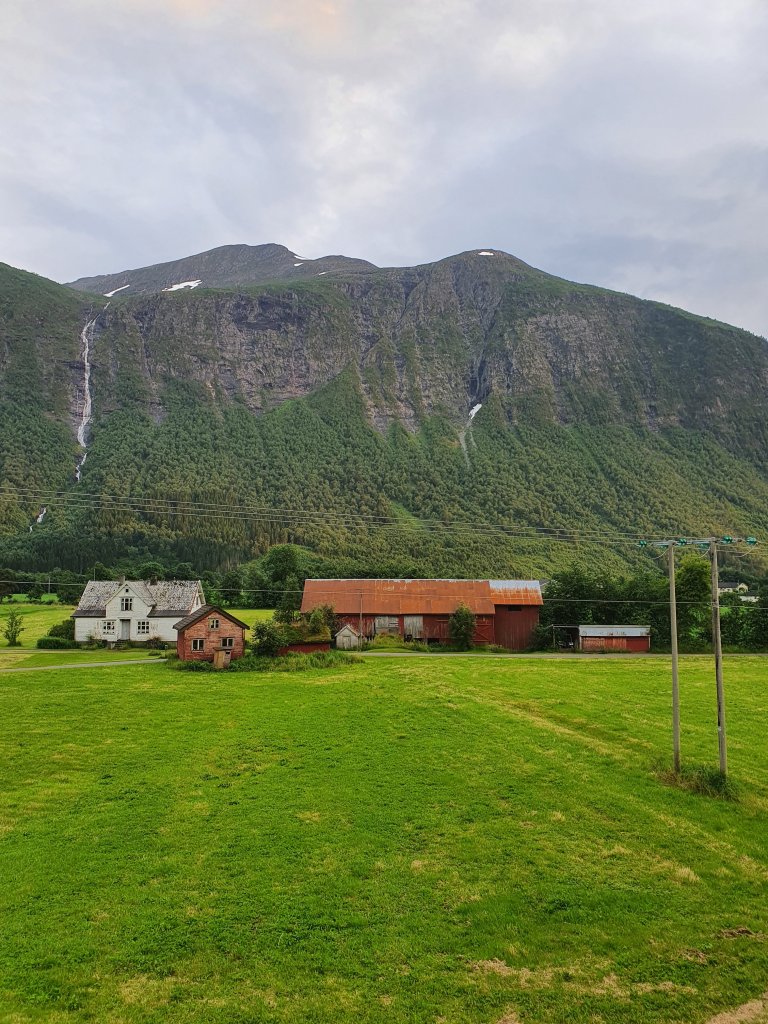
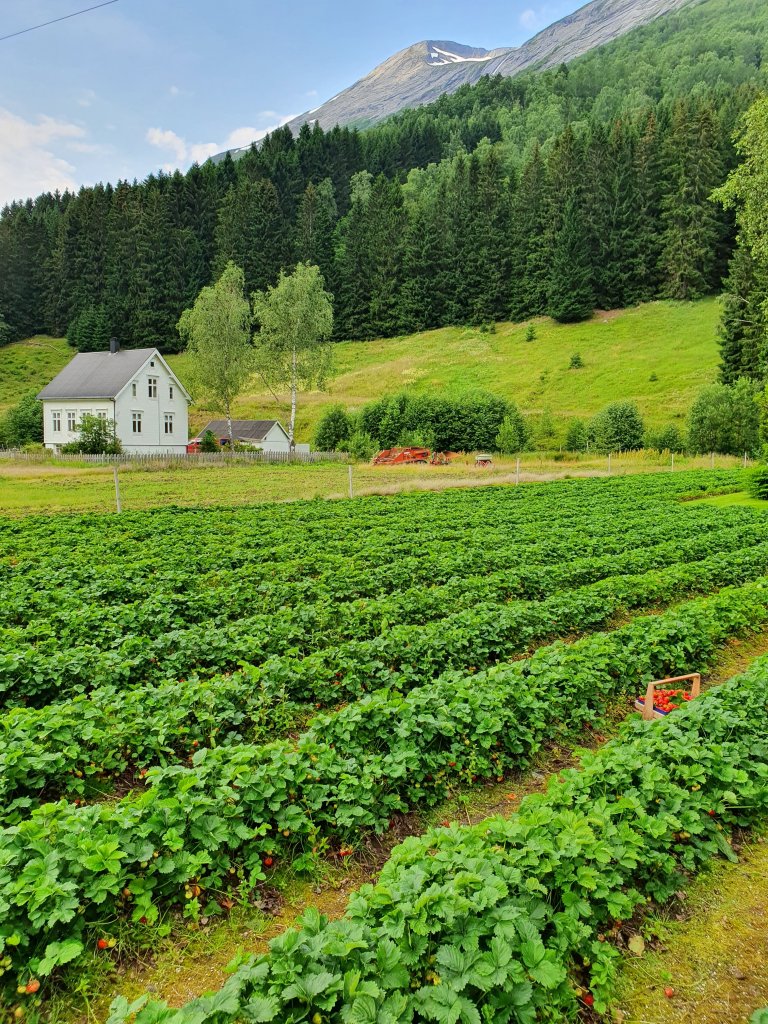
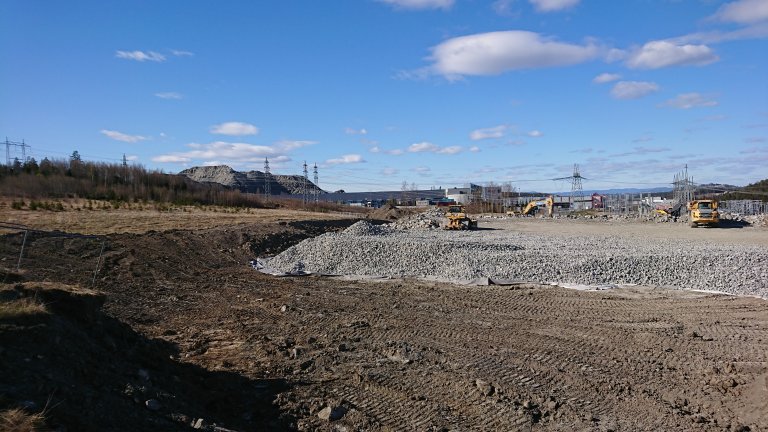
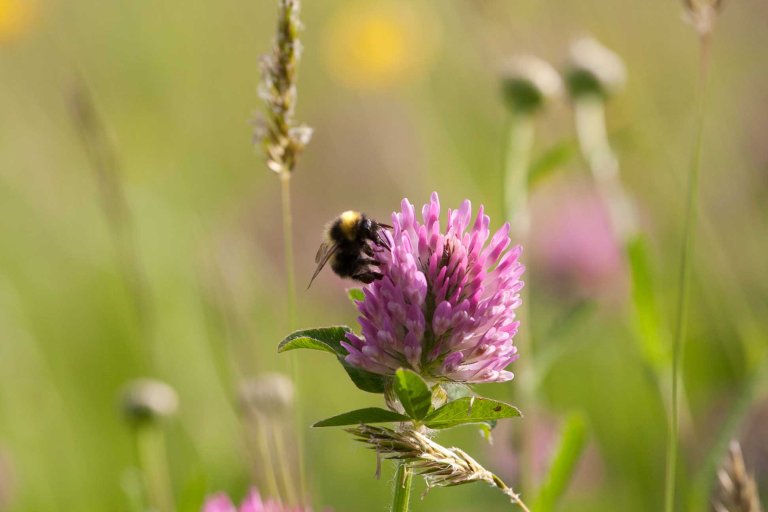

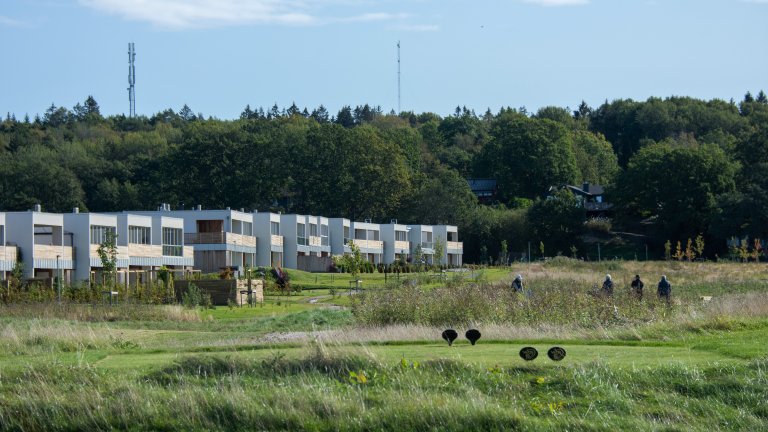
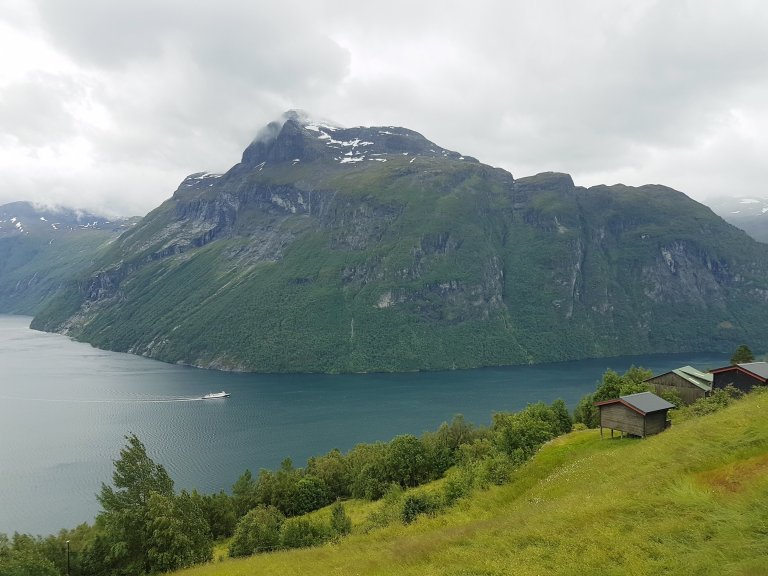
Contacts

Hege Ulfeng
Senior Communications Adviser
-
Department of Communications
(+47) 474 04 720 hege.ulfeng@nibio.no Office Location: Ullensvang

